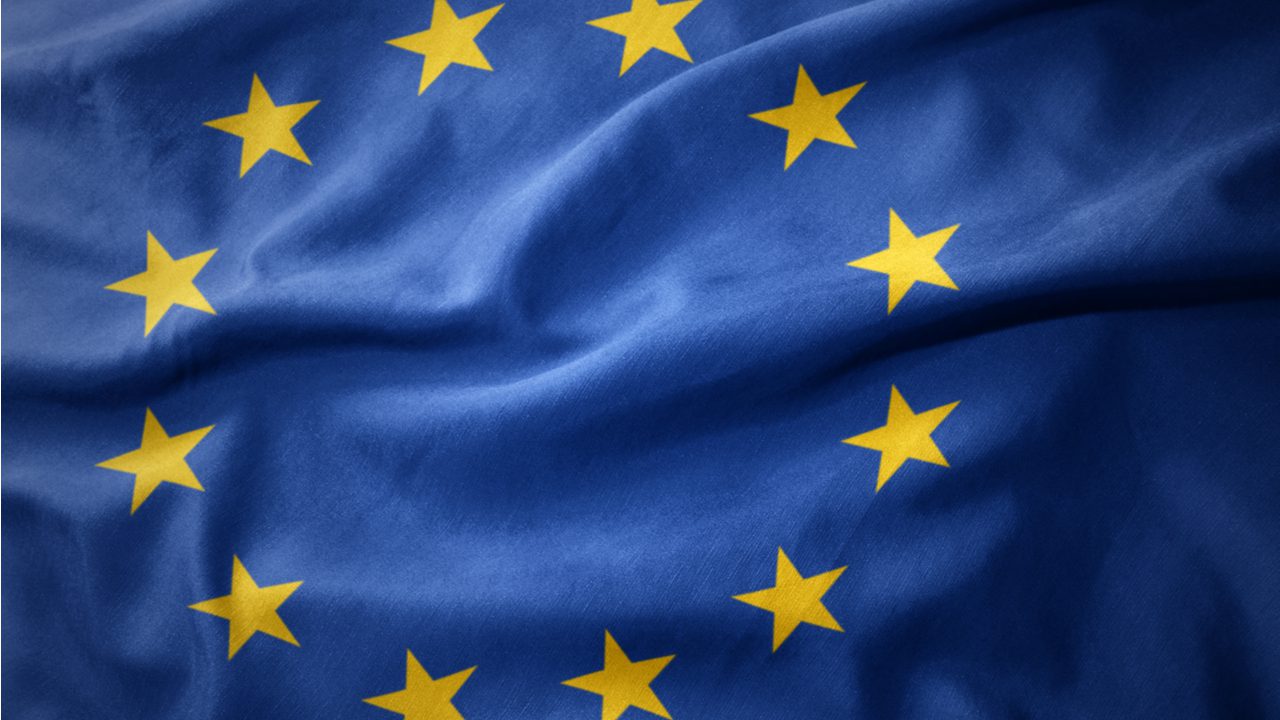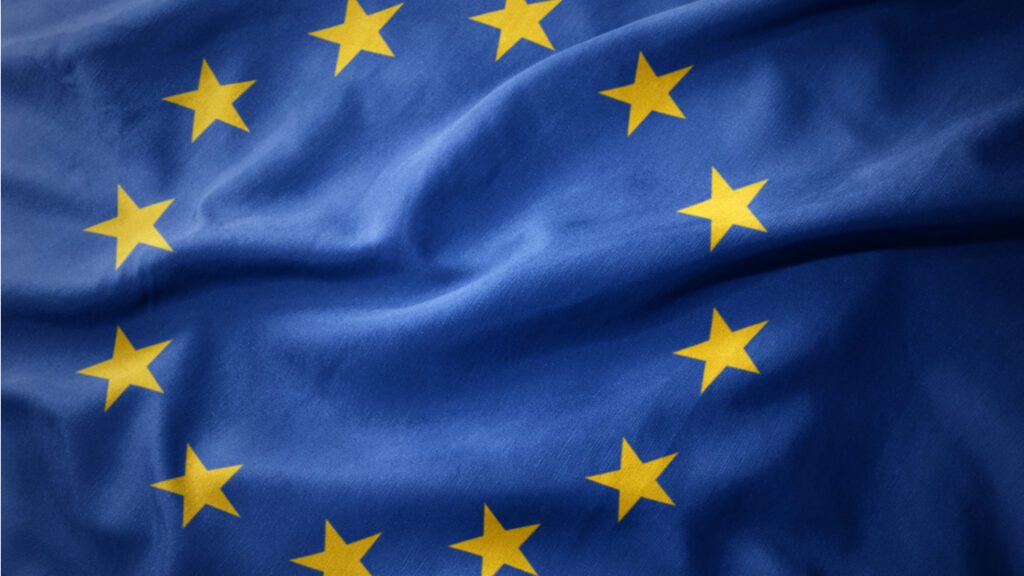
The European Union (EU) is working on a project that involves blockchain architecture and the use of non-fungible tokens (NFTs) to fight counterfeiting and forgery. The project is the product of several meetings and blockchain hackathons organized by the European Union Intellectual Property Office and proposes to create digital twins of products to trace their path across supply lines.
European Union to Use NFTs to Protect Intellectual Property
The European Union has recently announced that is working on a system that will use blockchain and NFTs as part of its fight against the counterfeiting of physical goods.
The system proposed will be designed by the European Union Intellectual Property Office, and is the product of more than five years of work. A document issued this month explains that the organization has already selected a high-level architecture for this task, and details generalities about how the system will work.
Intellectual property (IP) holders will create digital tokens (twin NFTs) to prove that a group of produced goods are authentic. These IP holders will have to be previously included as approved signatories to create these products on the tracking blockchain.
The solution will then allow for supply chain tracking as the products are transported through different checkpoints, allowing the IP holders to be certain that the products that reach stores are authentic.
Implementation
The European Union Intellectual Property Office hopes to have a working system by the end of 2023, but to achieve this objective, it will have to create a registry system to group all of the IP holders, logistics operations, and retailers in the EU. To better achieve its objective, the report states that the system will seek to be interoperable with existing supply chain tracking solutions.
If the European Union manages to implement this system by the end of 2023, it will be one of the first applications of blockchain technology at that scale for the objective. However, blockchain tech has also been used for supply line tracking before. Recently, Vechain, an enterprise blockchain project, announced a partnership with Orionone, a global supply chain technology solution, with the objective of integrating blockchain into its stack of working technologies.
The European Union is also currently discussing MiCA, a union-wide law proposal for regulating cryptocurrencies.
What do you think about the blockchain and NFT-based solution proposed by the European Union to fight counterfeiting? Tell us in the comments section below.
Image Credits: Shutterstock, Pixabay, Wiki Commons
Disclaimer: This article is for informational purposes only. It is not a direct offer or solicitation of an offer to buy or sell, or a recommendation or endorsement of any products, services, or companies. Bitcoin.com does not provide investment, tax, legal, or accounting advice. Neither the company nor the author is responsible, directly or indirectly, for any damage or loss caused or alleged to be caused by or in connection with the use of or reliance on any content, goods or services mentioned in this article.
Read disclaimer


